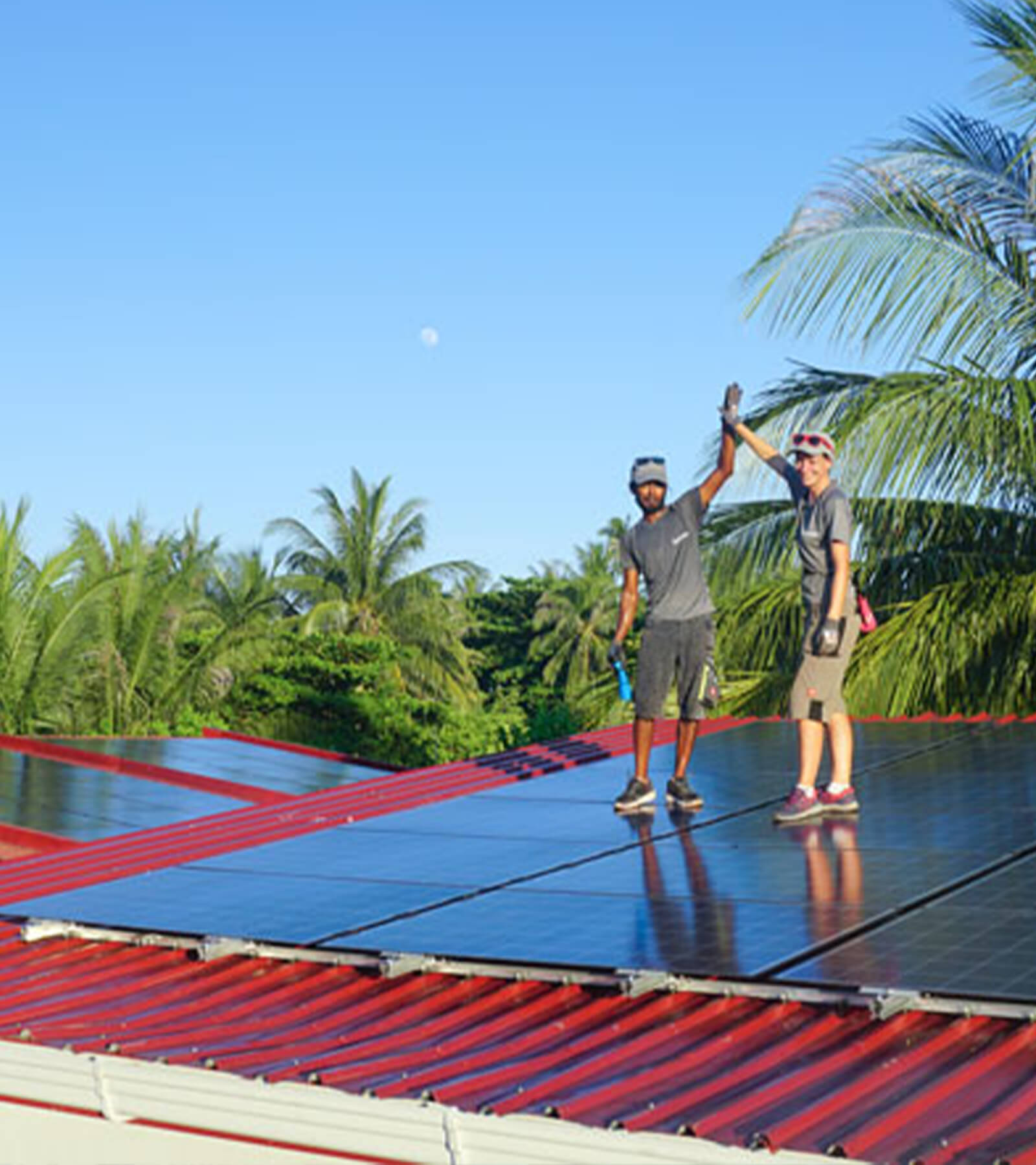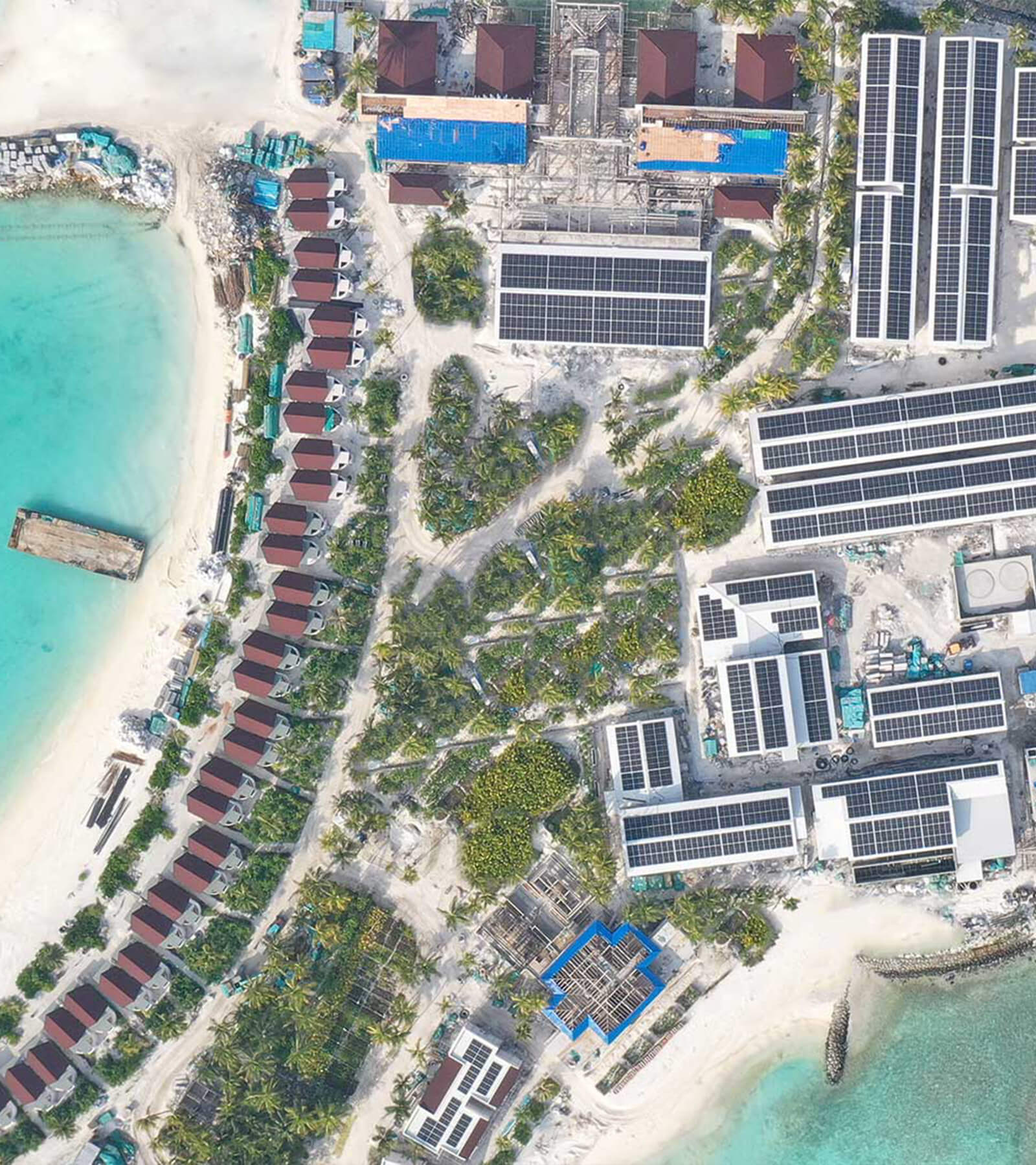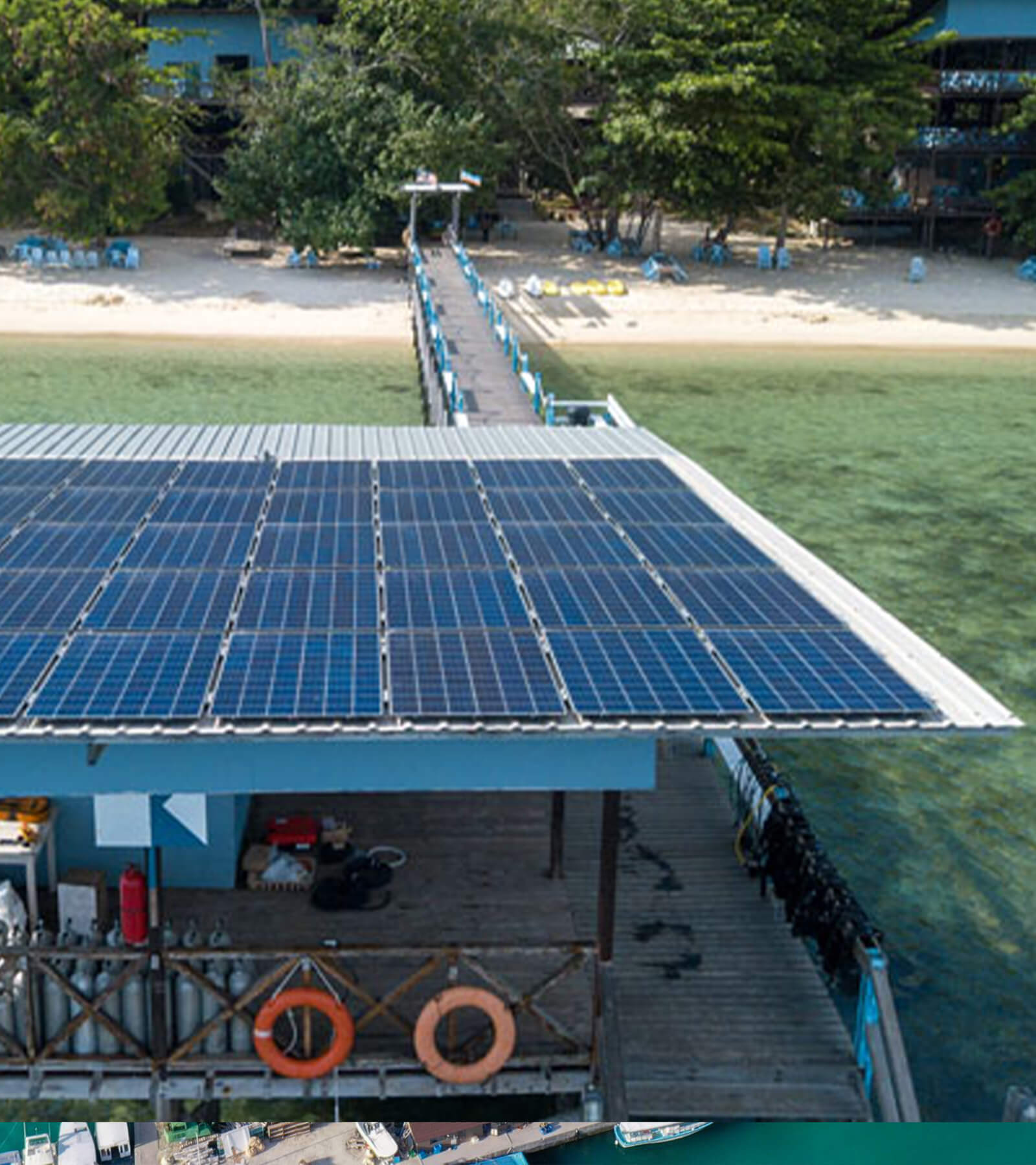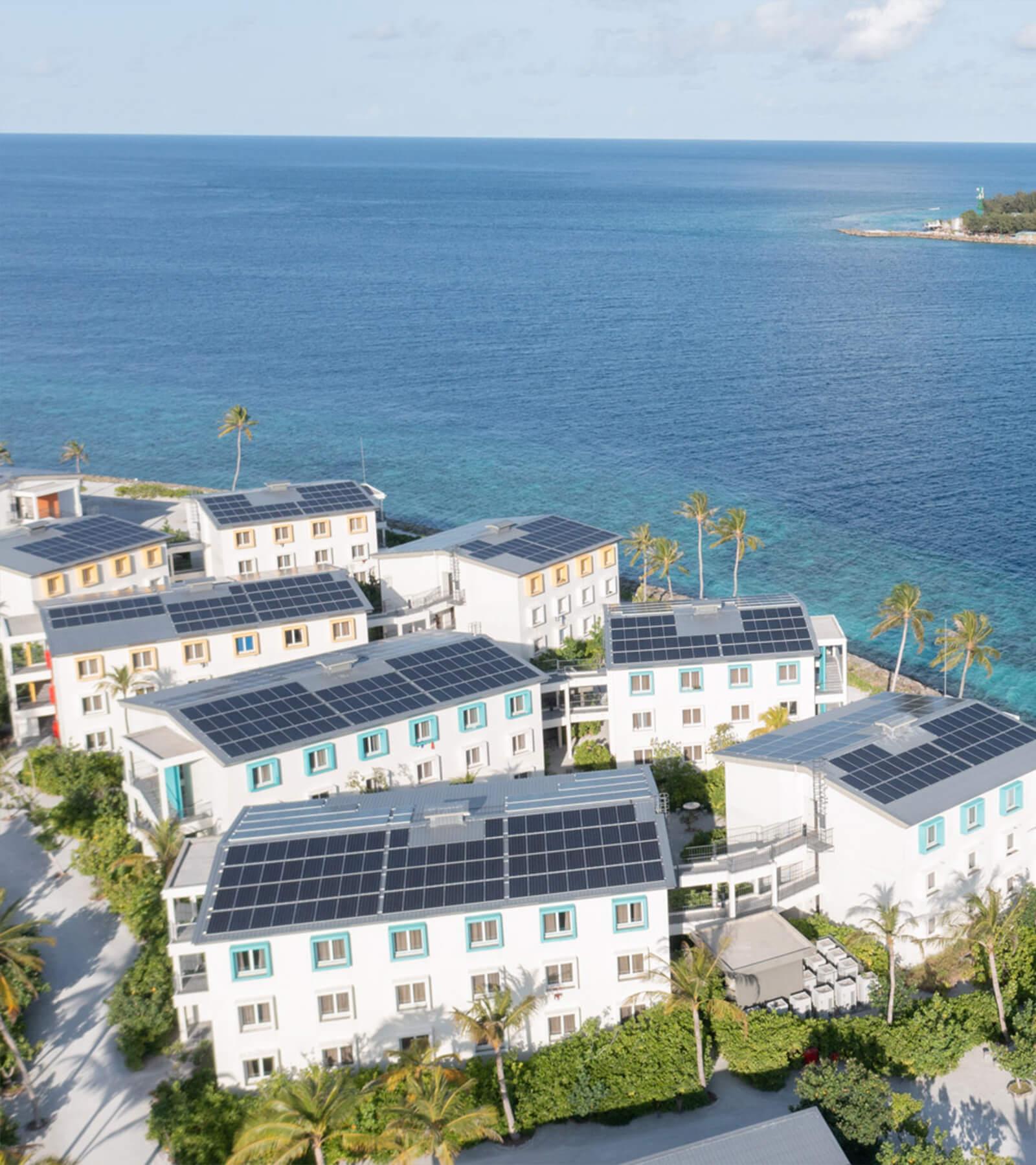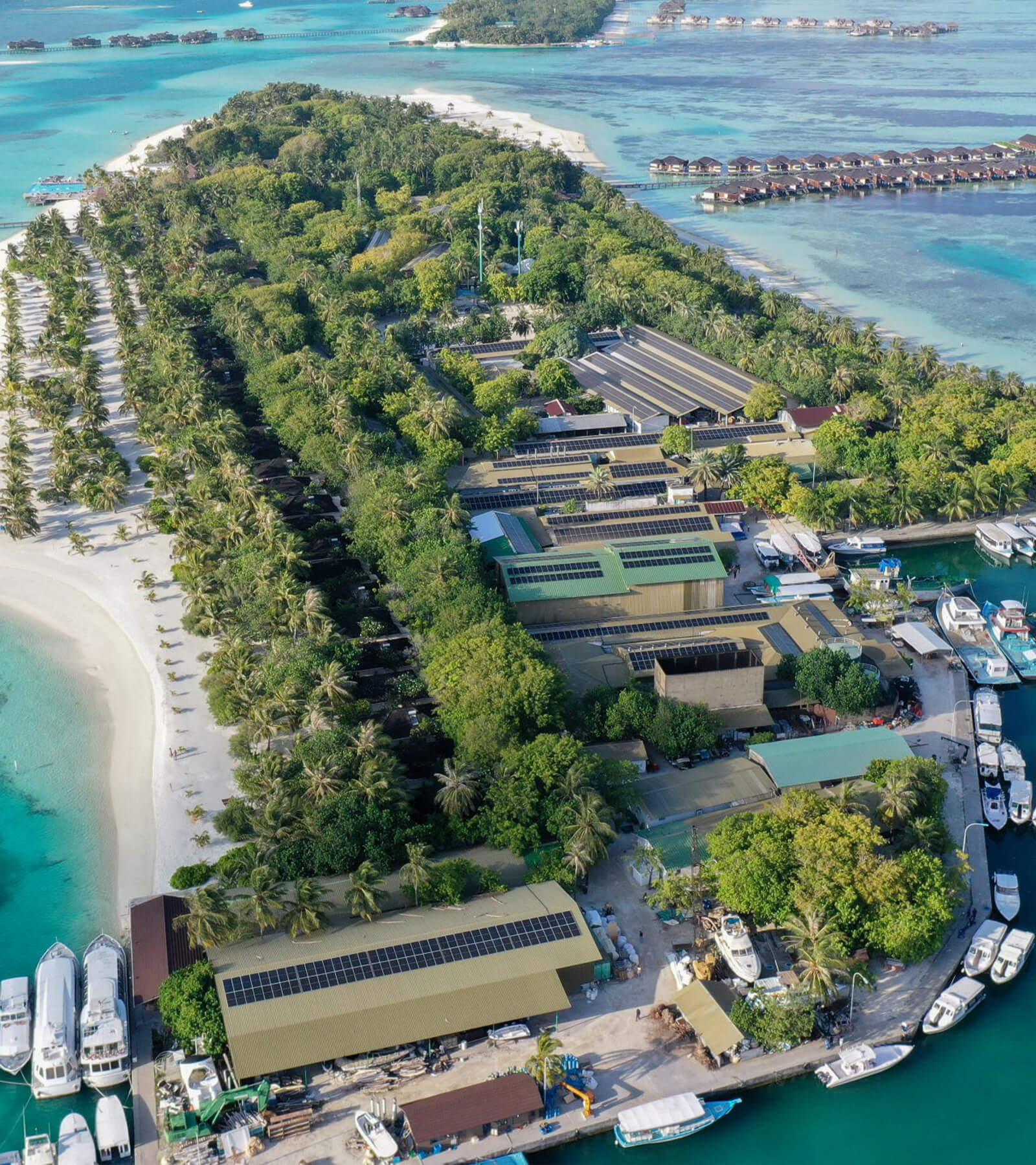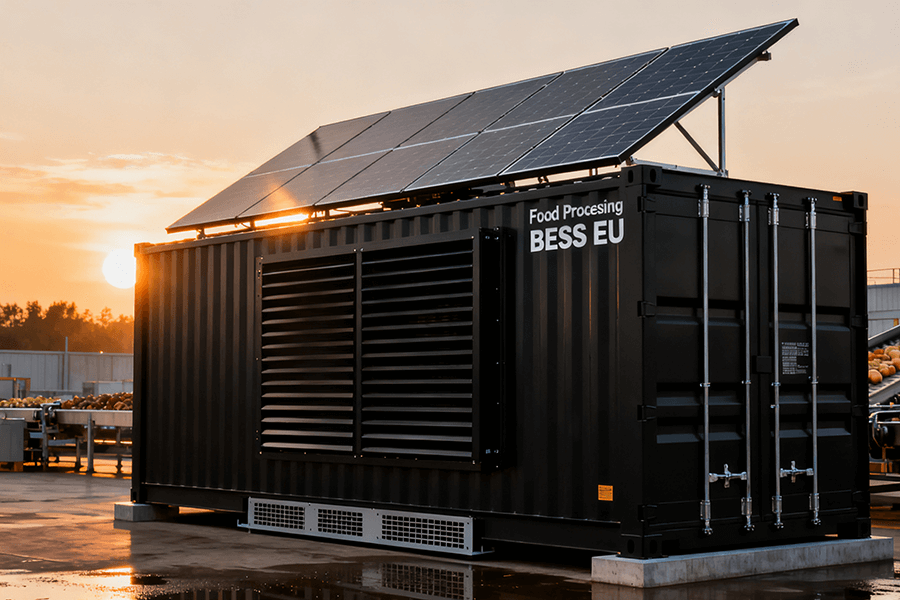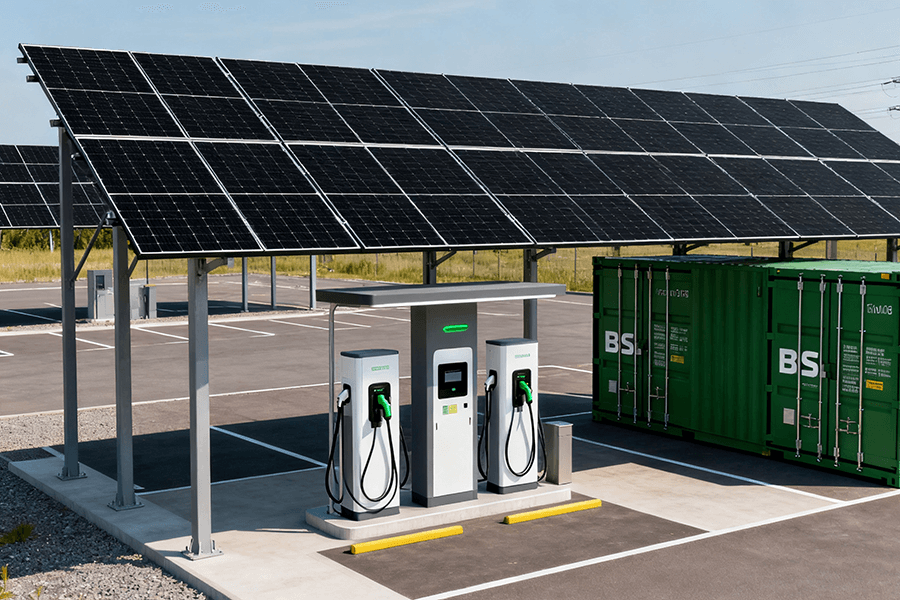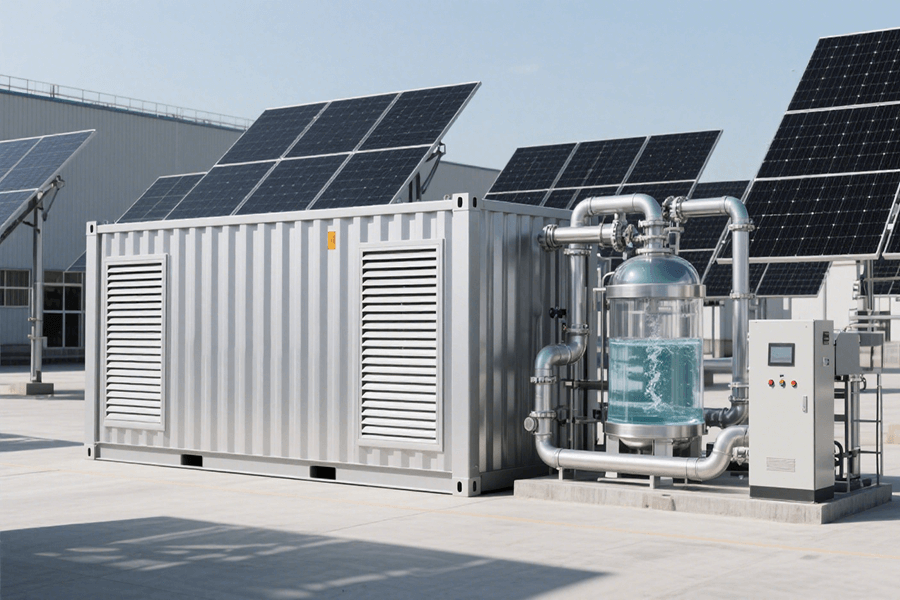
The EU’s 2027 Mandate – A Game-Changer for Water Treatment
The European Union’s regulatory landscape is renowned for its ambitious targets, and the 2027 update to the Drinking Water Directive stands as a pivotal milestone in reshaping the operational paradigm of water treatment plants (WTPs) across the continent. At the heart of this legislative initiative lies a transformative mandate: by 2027, a staggering 30% of all energy consumed by WTPs must be sourced from renewable energy, a requirement that transcends mere compliance and instead focuses on fortifying critical infrastructure for long-term resilience.
The Imperative Behind the Mandate
The urgency of this directive becomes evident when considering the energy-intensive nature of traditional WTPs. According to the International Energy Agency (IEA), these facilities collectively account for 3-4% of the EU’s total electricity consumption[^1]. This is a significant figure, especially when one realizes that the majority of this energy is derived from fossil fuels or unreliable grid connections, as highlighted in the IEA’s 2024 Water and Energy Report. The 2027 mandate, therefore, serves a dual purpose:
- Carbon Footprint Reduction: By transitioning to renewable energy sources, the EU aims to significantly cut the greenhouse gas emissions associated with water treatment processes.
- Enhanced Resilience: By diversifying energy sources, WTPs will become less vulnerable to grid outages, ensuring a consistent supply of clean drinking water.
The Solar Power Conundrum and the Role of BESS Containers
While solar power presents itself as one of the most viable renewable energy options for WTPs, it comes with its own set of challenges. The intermittent nature of solar energy, influenced by factors such as cloud cover, nighttime darkness, and sudden weather fluctuations, can disrupt the power supply to essential components within WTPs, including pumps, UV filters, and desalination units. This is where BESS Containers (Battery Energy Storage System Containers) emerge as a game-changing solution.
Functioning as sophisticated “energy buffers,” BESS Containers store surplus solar energy during periods of high irradiance. When solar generation dips, these systems seamlessly release stored energy, ensuring a continuous and stable power supply to critical WTP operations. This not only addresses the variability of solar power but also optimizes energy usage, thereby maximizing the efficiency of renewable energy integration.
[^1]: IEA. (2024). Water and Energy. Retrieved from https://www.iea.org/reports/water-and-energy
Synergy with Solar Arrays: Powering Treatment & Reducing Grid Reliance
BESS Containers aren’t standalone solutions—they’re designed to work seamlessly with solar arrays, typically in the 50–200 kW range (the sweet spot for most small-to-medium Water Treatment Plants, or WTPs). This synergy is not just about power generation but also about creating a resilient, cost-effective, and sustainable water treatment ecosystem. Below’s a detailed breakdown of how this integration drives efficiency and cost savings:
Daytime Operations: Solar + BESS = Grid Independence
During peak sunlight hours, solar arrays often generate surplus power beyond the immediate requirements of most WTPs. Instead of wasting this valuable energy or feeding it back to the grid at minimal profit margins, BESS Containers act as energy reservoirs. They store the excess power, which is later deployed to perform two critical functions that are fundamental to the operation of a WTP:
Powering Water Pumps
Water pumps are the workhorses of any WTP, consuming approximately 40–60% of the plant’s total energy, as reported by the European Water Association (2025). By utilizing the stored energy from BESS Containers, these pumps can maintain a consistent and reliable flow of water. This is especially crucial during periods when solar output experiences temporary dips due to passing clouds or other environmental factors. Stable power supply to the pumps ensures uninterrupted water treatment and distribution, safeguarding the water supply for the community.
Sustaining UV Treatment Systems
UV treatment systems play a vital role in ensuring the safety of treated water by eliminating bacteria and pathogens. However, these systems require a steady and reliable power source to function effectively. BESS Containers act as a safeguard, preventing “UV gaps”—periods when the UV treatment system may be underpowered or shut down due to insufficient energy. Such gaps could compromise water safety and lead to potential health risks for consumers. By providing a consistent power supply, BESS Containers ensure that the UV treatment process remains operational, maintaining the integrity of the water purification process.
The impact of this solar-BESS synergy is significant. According to a 2024 study by the International Renewable Energy Agency (IRENA) (IRENA, 2024), WTPs utilizing this integrated system can achieve a 70% reduction in grid reliance. To illustrate, consider a 100 kW solar array paired with a 150 kWh BESS Container. This combination can power a small WTP (serving 5,000 people) entirely off-grid during sunny days, demonstrating the system’s ability to provide sustainable and independent power for water treatment operations.
24-Hour Backup: No More Cloudy-Day Panics
Cloudy weather, extended rain, or other adverse weather conditions no longer have to spell disaster for WTPs. BESS Containers serve as a reliable backup power source, ensuring continuous operation even when solar energy is in short supply. A 2025 case study by the European Water Association (EWA) exemplifies the effectiveness of this backup mechanism:
| Case Study Details | Results |
|---|---|
| Location | Small Water Treatment Plant in Southern Spain |
| Objective | To test the resilience of the WTP during extended periods of low solar output |
| Solar Array Size | 100 kW |
| BESS Capacity | 180 kWh |
| Duration of Cloudy Weather | 3 consecutive days |
| Operational Status | Maintained full operation without interruptions to pump or UV filter systems |
| Water Quality | Remained compliant with EU Drinking Water Standards |
| Grid Reliance During Backup | 0%—entirely self-sufficient |
| Community Impact | Avoided a potential boil-water advisory for 3,200 residents |
This backup functionality is not merely about meeting regulatory compliance; it’s about building and maintaining community trust. A WTP that remains operational during adverse weather conditions not only avoids costly fines associated with service disruptions but also reassures the public of the reliability and safety of their water supply. By ensuring a continuous supply of clean water, these integrated systems contribute to the overall well-being and resilience of the communities they serve.
Modular Design & EU Compliance: Scalability Meets Regulation
One of the most compelling advantages of BESS Containers lies in their remarkable flexibility. These containers are designed with a modular architecture, allowing them to be scaled up or down to meet the diverse requirements of any Water Treatment Plant (WTP). Whether it’s a small village plant or a large, city-sized facility, BESS Containers can be customized to fit seamlessly into the existing infrastructure. This modularity not only enhances operational efficiency but also provides a cost-effective solution for WTPs of all sizes.
Moreover, BESS Containers play a crucial role in helping WTPs comply with another key regulation in the European Union: the Water Framework Directive (WFD). This directive sets out a comprehensive framework for the protection of water resources, with a particular focus on ensuring the long-term sustainability of water treatment processes.
Scalability: From Villages to Cities
BESS Containers are available in a wide range of sizes, from 50 kWh to 5 MWh, making them highly adaptable to the varying energy demands of different WTPs. The following table provides a detailed breakdown of typical use cases, highlighting the recommended BESS capacity, suitable solar array pairing, and key benefits for each type of WTP:
| WTP Type | Population Served | Recommended BESS Capacity | Solar Array Pairing | Key Benefit |
|---|---|---|---|---|
| Small Village | 500–2,000 | 50–100 kWh | 50 kW | Low upfront cost; easy to install in remote areas; ideal for off-grid operation |
| Medium Town | 2,000–10,000 | 150–500 kWh | 100–150 kW | Balances cost and reliability; provides stable energy supply during peak hours |
| Urban/Regional | 10,000+ | 1–5 MWh (multiple containers) | 200 kW+ (multiple arrays) | Handles high demand; integrates with the grid for peak shaving and load management |
Compliance with the Water Framework Directive (WFD)
The Water Framework Directive (WFD) is a cornerstone of EU water policy, aiming to achieve good water status across all European water bodies. Beyond regulating water quality, the WFD places significant emphasis on energy efficiency as a key component of sustainable water treatment. WTPs are required to track and report on their energy consumption and efficiency metrics as part of their compliance obligations.
BESS Containers simplify the compliance process by providing a comprehensive suite of features:
- Automated Energy Data Logging: The containers are equipped with advanced monitoring systems that automatically record data on solar energy generation, energy storage, and consumption. This real-time data collection ensures accurate and up-to-date information on the WTP’s energy performance.
- Customizable Reporting: BESS Containers can generate detailed reports that are tailored to meet the specific requirements of the WFD reporting templates. These reports can be easily exported and submitted to regulatory authorities, streamlining the compliance process and reducing administrative burden.
A real-world example from a medium-sized WTP in Berlin in 2024 demonstrates the effectiveness of BESS Containers in achieving energy efficiency and regulatory compliance. After installing a 300 kWh BESS Container, the plant was able to reduce its energy intensity (measured in kWh per cubic meter of water treated) by an impressive 22%. Additionally, the container’s built-in data logging capabilities allowed the plant to effortlessly provide the necessary evidence of compliance to German regulators, as documented by the German Environment Agency, 2024). This case study underscores the significant role that BESS Containers can play in helping WTPs meet their sustainability goals and regulatory requirements.
ROI & SCADA Integration: Making BESS Containers Work for You
Investing in a BESS Container isn’t just about compliance—it’s a smart financial decision. Plus, integrating it with your existing systems (like SCADA) is easier than you might think.
ROI for Utilities: 4.2-Year Payback (Yes, Really)
The biggest driver of ROI is energy cost savings. By reducing grid reliance by 70%, WTPs cut their electricity bills dramatically. A 2025 analysis by the French Utility Association (AFPU) found that:
| Cost Factor | Before BESS (100 kW Solar Only) | After BESS (100 kW Solar + 180 kWh BESS) | Annual Savings |
|---|---|---|---|
| Grid Electricity Cost | €18,500/year | €5,550/year | €12,950 |
| Maintenance Costs | €2,000/year | €2,800/year (BESS + solar) | -€800 |
| Net Annual Savings | — | — | €12,150 |
| Initial BESS Investment | — | €51,000 (including installation) | — |
| Payback Period | — | 4.2 years | — |
Source: French Utility Association (AFPU), 2025 (AFPU, 2025)
Beyond savings, BESS Containers also protect against future grid price hikes. With EU electricity prices projected to rise 3–5% annually through 2030 (Eurostat, 2025), the ROI will only improve over time.
Integrating with SCADA Systems: A Step-by-Step Guide
Most WTPs already use SCADA (Supervisory Control and Data Acquisition) systems to monitor and control operations. Integrating a BESS Container with SCADA is straightforward—follow these steps:
- Check Protocol Compatibility: Ensure your BESS Container supports common SCADA protocols (e.g., Modbus, DNP3). All modern BESS systems (including Maxbo Solar’s) do this out of the box.
- Connect Hardware: Use wired (Ethernet) or wireless (4G/5G) connections to link the BESS to your SCADA server. Wireless is ideal for remote WTPs.
- Map Key Data Points: Configure SCADA to track BESS metrics like state of charge (SoC), charging/discharging rate, and battery health. This lets operators see real-time energy status.
- Set Automated Rules: Program SCADA to trigger BESS actions (e.g., “Discharge if solar output drops below 20 kW” or “Charge only when solar surplus exceeds 15 kW”). This minimizes manual intervention.
Pro tip: Work with your BESS provider to test the integration before going live. A 1-hour test run can catch compatibility issues that would otherwise cause headaches later.
Maxbo Solar’s Perspective: We Build BESS for Water Treatment
At Maxbo Solar (www.maxbo-solar.com), we don’t just sell BESS Containers—we design them specifically for the unique needs of water treatment plants. Here’s how we stand out:
Tailored Solutions for Every WTP
We know a village WTP needs a different setup than a city plant. Our team works with you to:
- Audit your energy use (pumps, UV systems, etc.) to recommend the right BESS capacity.
- Pair BESS Containers with solar arrays optimized for your location (e.g., higher-capacity arrays for northern EU countries with less sunlight).
Our product line includes:
- Maxbo Mini (50–100 kWh): For small villages; fits in a standard shipping container.
- Maxbo Pro (150–500 kWh): For medium towns; includes advanced battery management to extend lifespan.
- Maxbo Ultra (1–5 MWh): For urban WTPs; scalable with multiple containers.
Compliance & Support You Can Trust
We understand EU regulations can be overwhelming. All our BESS Containers:
- Come with WFD-compliant data logging software (no extra fees).
- Are certified to EU safety standards (CE, IEC 62619 for batteries).
Plus, our team provides end-to-end support: from SCADA integration to 24/7 remote monitoring. If your BESS needs maintenance, we have local technicians across the EU—so you won’t wait weeks for help.
Let’s Meet Your 2027 Goals Together
The EU’s 2027 mandate isn’t a deadline to fear—it’s an opportunity to build a more sustainable, reliable water treatment system. At Maxbo Solar, we’ve helped 47 WTPs across Europe cut grid reliance by 65–80% and meet renewable energy targets ahead of schedule.
Ready to learn more? Visit www.maxbo-solar.com to request a free energy audit, or email our team at [email protected]. We’ll show you exactly how a BESS Container can work for your plant—no jargon, just facts.
Conclusion
The EU’s 2027 Clean Water Mandate isn’t just a regulatory requirement—it’s a strategic push toward a more sustainable future for water treatment. BESS Containers with Water Treatment Integration emerge as the linchpin in meeting this crucial mandate, offering a trifecta of benefits:
- Renewable Synergy: Paired with solar arrays, these containers slash grid reliance by a staggering 70%, leveraging clean energy to power water treatment processes.
- Scalability: Designed to adapt, they can be customized to fit any Water Treatment Plant (WTP) size, ensuring flexibility across diverse operational needs.
- Financial Viability: With a 4.2-year payback period, they represent not just an environmental investment, but a financially sound one too.
For utilities, adopting BESS technology transcends mere compliance—it unlocks a cascade of advantages:
- Cost Efficiency: Reduced energy costs lead to significant savings over time.
- Community Satisfaction: Reliable, clean water supply fosters happier, healthier communities.
- Resilience: In the face of climate change-induced disruptions and grid outages, BESS-powered systems ensure continuous operation.
Partnering with industry leaders like Maxbo Solar streamlines the transition to BESS, offering seamless integration and expert support.
As the deadline of 2027 looms ever closer, the choice is clear: equip your water treatment operations with the right BESS solution and be ahead of the curve.

